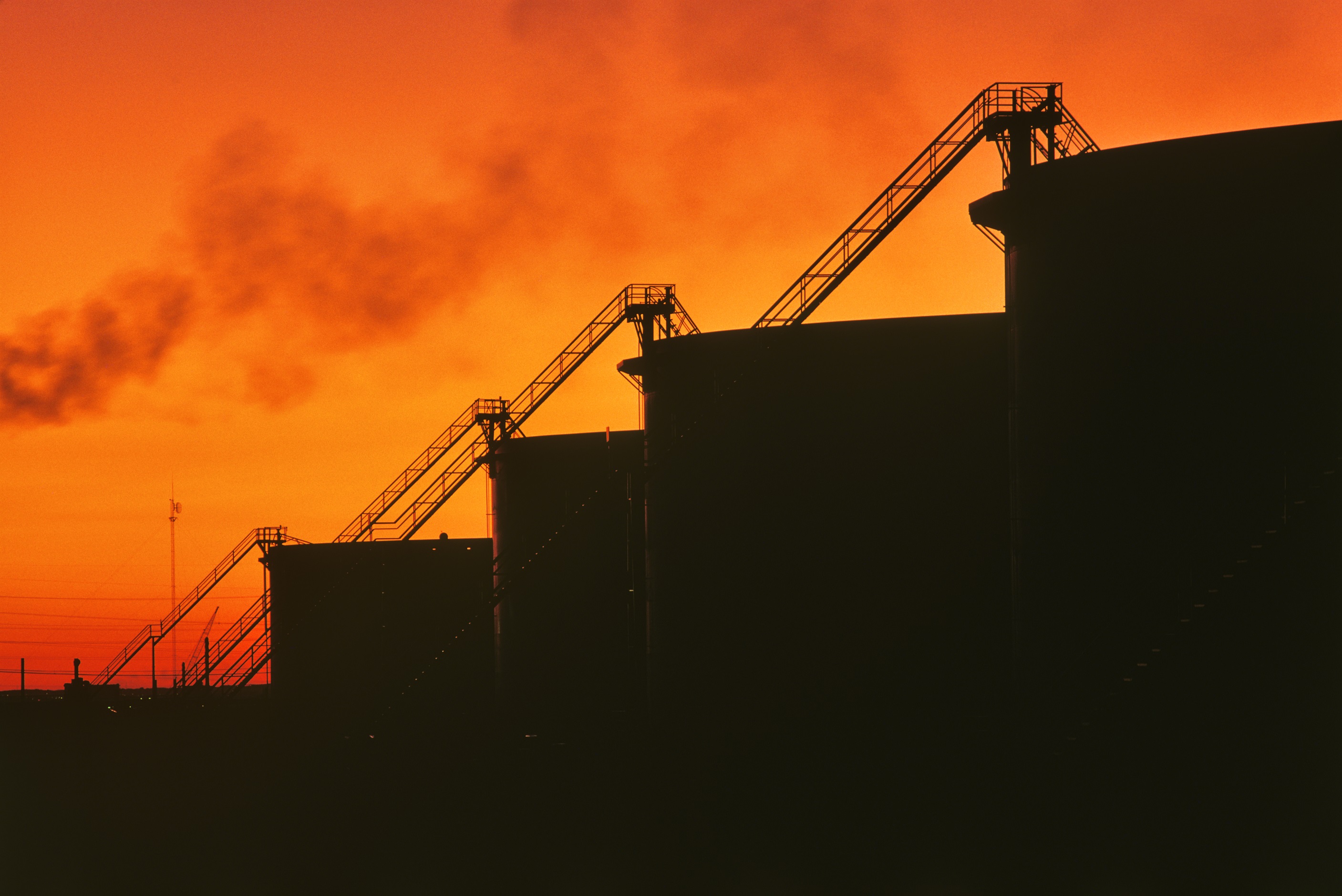Big and important decisions about Canada’s energy future will continue to be made in the dark. That’s because the Canadian agency that is supposed to inform public and private sector decision-making on energy development and climate action continues to provide scenarios that are both unrealistic and pessimistic, and are lacking critical information, such as Canada’s expected greenhouse gas emissions (GHGs).
The agency is the Canada Energy Regulator, and its mandate is “advising and reporting on energy matters.” It does so primarily through its annual publication, Canada’s Energy Future, which lays out future scenarios for energy development in Canada. This report is used by federal and provincial governments developing public policy, energy companies making decisions about future directions, and investors trying to figure out where to put their money.
The CER insists that Energy Futures involves “neutral, fact based analysis.” But this year’s edition, released yesterday, once again fails to provide key information that is critical to making energy-related decisions. First, it does not include projections in which Canada actually succeeds at tackling climate change. Second, none of the scenarios include estimates of Canada’s carbon emissions.
Excluding basic climate-related information is a baffling omission, which leads the report to overestimate the future size and importance of Canada’s oil and gas industry. And that in turn may skew oil and gas development–already Canada’s #1 climate polluter–in a direction that makes meeting our international climate commitments impossible, or lead to poor investment decisions that leave stranded assets.
Success on climate change nowhere to be found
Energy Futures 2021 has two main projections of Canada’s future energy needs. In neither of these scenarios does Canada actually meet its 2030 emission reduction target under the Paris Agreement or achieve net zero emissions by 2050 – both of which are legal commitments. And yet, the CER believes that developing a scenario where Canada and the world take no further action on climate change is more useful than a scenario where Canada achieves its climate obligations.
Canada’s target is completely achievable – it’s the weakest in the G7. But a world where Canada meets that commitment is seen by the CER as too ambitious to bother analyzing.
The result is that the most ambitious scenario in Energy Futures 2021 has oil production in Canada continuing to climb for over a decade, until 2032, before it declines to levels roughly similar to today’s production in 2050. Gas production stays flat for another two decades.
The International Energy Agency (IEA), the global equivalent to the Canada Energy Regulator, has developed a climate-safe pathway that limits warming to 1.5 degrees and achieves net-zero in 2050. In this scenario global oil and gas production both decline significantly, starting immediately. Investments in new oil and gas fields end abruptly.
Understanding how to align energy needs and climate success is incredibly useful for understanding what we should be investing in–and not investing in–over the coming years and decades. The IEA provides that analysis. Canada needs the CER to do it for our country.
A net zero analysis for electricity only
The CER does present one net zero by 2050 scenario, but that is for the electricity sector only. Canada’s electricity sector is already 82% free of carbon emissions. And yet, this year’s report shows that electricity sources will continue to shift. This isn’t a bad thing, of course, but it’s also not where Canada needs to prioritize its climate efforts.
Canada’s oil and gas sector is by definition 0% decarbonized – fossil fuels are hydrocarbons. A net zero assessment of that sector is likely to come to very stark and important conclusions on its future.
No assessment of carbon emissions
It is also negligent for Energy Futures to still not estimate carbon emissions – despite using the same model that Environment and Climate Change Canada uses to do exactly that. The Canada Energy Regulator states “the effort of Canada, as well as the global community, to reduce GHG emissions will be a critical factor in how energy systems evolve in the long term.” But somehow, it is not critical enough to let Canadian decision-makers know what those emissions are.
Conclusions
Canada cannot be left in the dark on something as crucial as the energy transition. Canada’s Minister of Natural Resources needs to direct the Canada Energy Regulator to provide much needed information in its 2022 report. That includes showing Canadians the energy pathway we should be following to achieve climate action success.








